PROTECT YOUR DNA WITH QUANTUM TECHNOLOGY
Orgo-Life the new way to the future Advertising by AdpathwayThe new SRAM Force XPLR AXS (and Rival XPLR) 1×13 drivetrain pushes gravel gearing into new terrain with a direct-mount derailleur, refined ergonomics, and tighter gear progression. Skeptics may question the need for a 13th cog, but this groupset appears to offer meaningful improvements for endurance-focused exploits. Find our initial thoughts in this first look…
SRAM released an entire new line of Force and Rival drivetrains today, promising refined ergonomics, faster shifting, and lighter weight across the range. The options include updated Force and Rival AXS 2×12 groups and the significantly more intriguing 1×13-speed Rival and Force XPLR AXS drivetrains. Both feature a direct-mount derailleur similar to the mountain bike Transmission and SRAM RED XPLR AXS launched last year.
Skeptics are inevitable—especially those who missed their chance to scoff at SRAM’s RED XPLR launch last year. No doubt, some will roll their eyes at the arrival of a new 13-speed standard, dismissing it as just another turn of the cycling industry’s marketing cogs. But SRAM isn’t the first to push the envelope here, and the progression toward more gears, broader range, and improved efficiency isn’t stopping.
For the record, Rotor, the Spanish component brand, is generally credited with bringing the first 13-speed derailleur drivetrain to market around 2019. A year later, Campagnolo followed with its gravel-focused Ekar 1×13 mechanical drivetrain, launched in September 2020, which earned a solid following.
In my mind, SRAM did something a little different when they introduced RED last year, which I’ll touch on later. And while these groups won’t align with all of our audience, they may be of interest to gravel endurance riders, and there are a few features and improvements I thought were quite promising with the 1×13 SRAM Force XPLR AXS and corresponding Rival groups:
- The crankset and group works with 73mm bottom bracket shells; “Longer DUB crank spindle accommodates both Road and MTB width frame bottom bracket standards for unmatched cross-compatibility across brands”
- The reach/bite point adjustment on the hoods is easily accessible
- I’m excited about the redesigned ergonomics; the new hoods are longer and have the same form factor as RED XPLR, which received wide acclaim
- Direct mount derailleur is stronger, and like its mountain bike siblings, has replaceable parts
- XPLR cassettes have 13 cogs that provide tighter progression in the higher and more heavily used gears
- Integrated button on hoods
To talk through all this, let’s look at the individual components. I have a Force XPLR AXS group on hand, which I photographed for this article. It will soon be getting a new home on a gravel bike I’ll be reviewing in due time. Note that I wanted to test the Rival XPLR AXS group based on its slightly more attainable price—and for the sake of simplicity—but SRAM sent the Force group instead. At any rate, I plan on sharing my thoughts on how it performs soon, but for now here are photos, details, and early musings.
Before I dig in, here are tables outlining the weights and pricing of both these groups. The weights depicted are from SRAM, and you can see the Force XPLR weights as measured on my scale further down.
| Cassette | 346 grams | 383 grams |
| Bottom Bracket | 76 grams | 76 grams |
| Crankset | 568 grams | 760 grams |
| Rear Derailleur | 418 grams | 435 grams |
| Shift-Brake System | 720 grams | 746 grams |
| Chain | 244 grams | 248 grams |
| Rotors | 289 grams | 289 grams |
| Battery | 24 grams | 24 grams |
| Total | 2,686 grams | 2,961 grams |
| Cassette | $305 | $215 |
| Crankset | $310 | $150 |
| Derailleur | $475 | $360 |
| Shift/Brake Lever (left) | $385 | $280 |
| Shift/Brake Lever (right) | $385 | $280 |
| Chain | $65 | $50 |
| Rotors (2) | $110 | $110 |
| Battery/Charger | $30 | $30 |
| Total | $2,065 | $1,475 |
Force XPLR AXS Rear Derailleur
RD-FRC-1E-E1
With its rigid, direct-mount arm shifting the chain across the cassette, the precision and fixed architecture of SRAM’s Transmission system comes close to bridging the gap between a traditional derailleur drivetrain and a gearbox, or at least something resembling an exposed gearbox. Although I’m not entirely sold on running a T-type derailleur on every bike all the time, after using the mountain bike Transmission for a couple of years, I’m convinced the design is exceptionally tough and reliable. The tradeoff, of course, is the lack of a replaceable hanger as a mechanical failsafe.
To me, the concept of a T-type derailleur almost makes more sense on a gravel bike than it does for mountain bike applications, which is why I think SRAM was smart with the release of RED XPLR. Fast shifting under load is a no-brainer, but more importantly, gravel bikes and their components arguably take fewer hits—thus mitigating the fears a lot of folks might harbor about hanger-less derailleurs. Plus, as evidenced in the renowned Midwestern gravel races, peanut-butter mud is fairly commonplace, and anyone who’s bent a hanger and ripped a cage into the spokes might see the benefit of the more robust T-type derailleur in this situation.
Full-mount means no bent hangers from crashes, and no need for adjustment screws. SRAM claims that the Force XPLR AXS rear derailleur delivers “exceptional chain retention and control, and its straight parallelogram design ensures nothing—mud, debris, or harsh conditions—can push it into the rear wheel.” Only time will tell with testing, but I think they’re onto something.
The Force XPLR AXS Derailleur is very similar to the X0 T-type derailleur. It’s slightly cleaner looking and smaller. As such, it weighs 122 grams less than its 468-gram sibling. If weight and/or speed and close gear steps at the high end are priorities, 13 speeds and the new XPLR system might be the ticket.
Force XPLR Cassette
XG-1371
Obviously, the new 13-speed cassette cluster gets a whole additional cog when compared the previous 12-speed Force XPLR cassette (shown second below for comparison). With that, you might expect some of the tooth counts to diverge. However, SRAM has mostly preserved the same gear progression, with the key updates being the addition of a new 12-tooth 11th gear and a two-tooth increase in the bailout cog, increasing the range from 440 to 460 percent. As a result, there’s another step for faster speeds, and the lowest gear drops by just over a full gear inch—23.13 compared to 24.18—based on a 38-tooth chainring and 45mm tire.
As you can see, the 12-tooth 10-52t X01 cassette (CS-XG-1295-B1) shown at bottom in the comparison above has lower mid-range gears compared to its gravel counterparts, which speaks to its slower pace pedigree. As for weights, SRAM managed to shave about 30 grams of the total, despite adding an additional cog. The 10-46t XG-1371 weighs about 346 grams, the 10-52 X01 cassette tips the scales at 374 grams, and the previous 10-44t 12-speed cassette weights 373 grams.
10-46: 10-11-12-13-15-17-19-21-24-28-32-38-46
10-44: 10-11-13-15-17-19-21-24-28-32-38-44
10-52: 10-12-14-16-18-21-24-28-32-36-42-52
The only downside to these new 13-speed cassettes is the fact that they require an XDR freehub. XDR is essentially the road-specific version of XD, offering a longer spline. That’s a limiter when it comes to mounting it on a boost rear hub, since that freehub isn’t available on many mountain bike hubs.
Force AXS HRD Shift-Brake System
ED-FRC-E1
The levers will likely be the star of the show for the new XPLR groups. The improved ergonomics and longer hoods of the RED XPLR levers created some buzz—even at my local bike shop—and many folks hoped this trickled down. The all-new Force AXS HRD Shift-Brake System touts one-finger braking from both the hoods and the drops, and it has the same redesigned ergonomics as RED, which SRAM claims accommodates a broader range of hand sizes while eliminating the risk of finger pinch under hard braking.
The Force levers also have “Bonus Buttons” that enable ANT+ device control or serve as configurable auxiliary shift points. Note that the new Rival XPLR levers don’t have this feature. They both share the same front-entry removal port to make reach adjust easier.
Force XPLR Crankset
FC-FRC-1W-E1
The Force XPLR Crankset is a beautiful piece of carbon—lightweight, stiff, and expensive; the aluminum Rival version is significantly more attainable. Otherwise, it has a fairly standard set of specs. It’s offered in 160, 165, 170, 172.5, and 175 mm crank arm lengths. The 8-bolt interface is compatible with X-SYNC wide-tooth, narrow-tooth chainrings and offered with 38T-46T options out of the box.
Paired with the DUB spindle, SRAM claims it’s durable, but more interesting is the fact that the longer DUB spindle accommodates both road and mountain bike width frame bottom bracket standards (including 73mm shells). That means that it, or the more affordable Rival XPLR crankset, can be installed on a modern Boost drop-bar mountain bike. That being said, if you want to run the 13-speed cassette, it might be a challenge to find an XDR freehub for your Boost MTB hub. DT and Onyx both offer them, as well as others, but some brands do not.
Last but not least, the Force chain is compatible with 12-speed road and 13-speed gravel cassettes, and it comes in purple.
What do you think? Do we need a 1×13 gravel group? And is direct-mount T-type derailleur a viable solution for gravel riding? Let us know in the conversation below, and stay tuned for more thoughts on this group in an upcoming bike review. Until then, you can learn more about these groups over at SRAM.com.
Please keep the conversation civil, constructive, and inclusive, or your comment will be removed.


 4 weeks ago
9
4 weeks ago
9

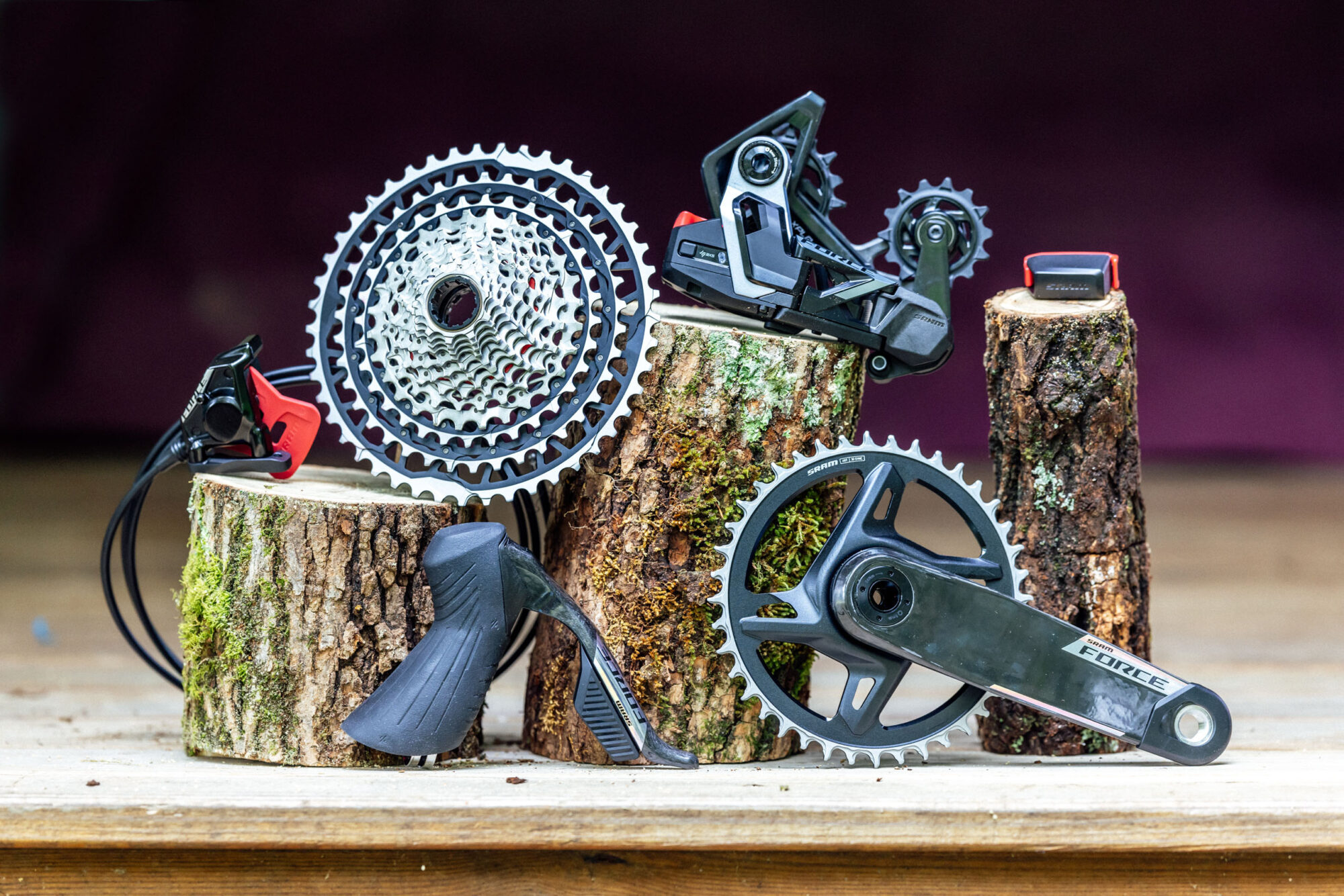



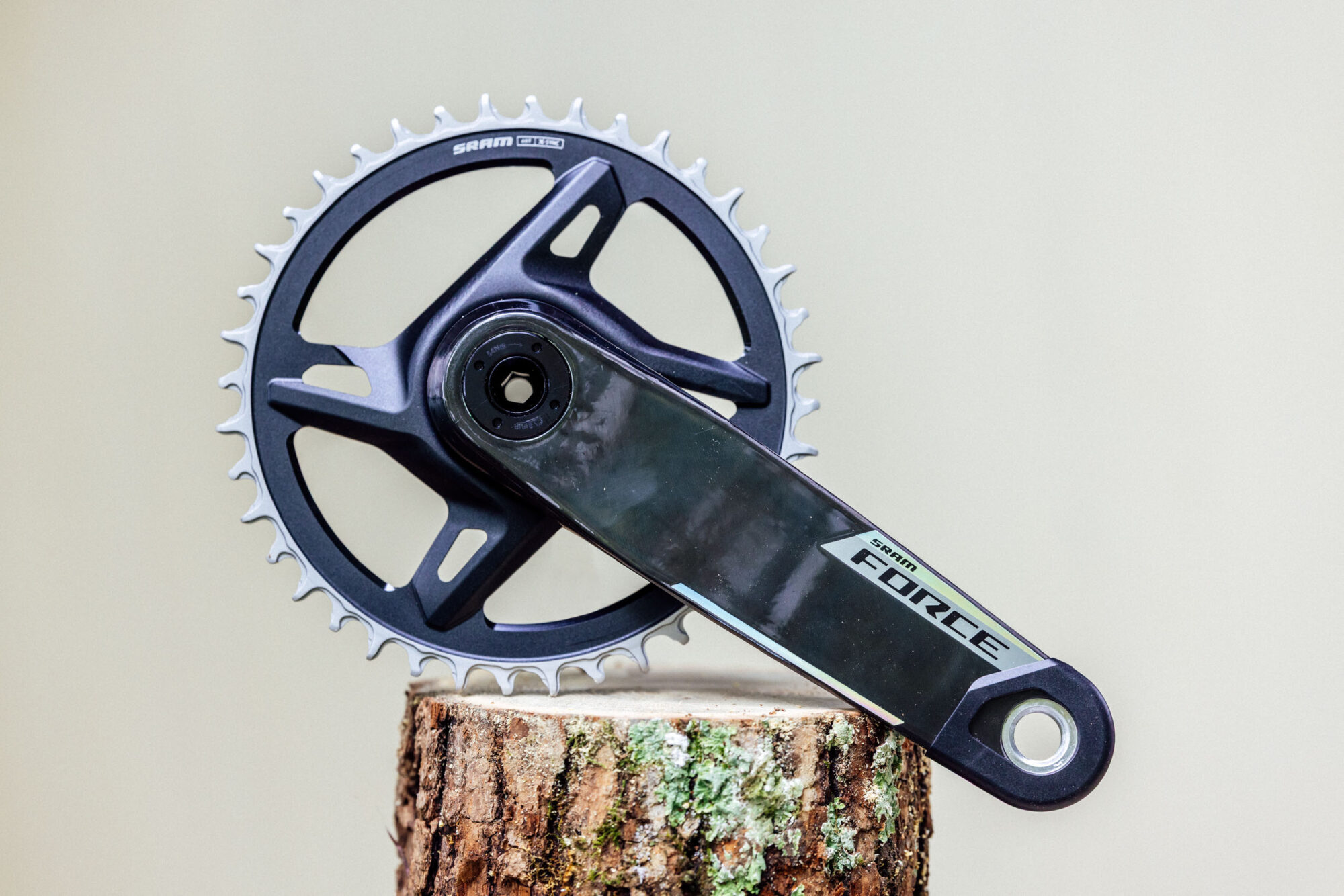



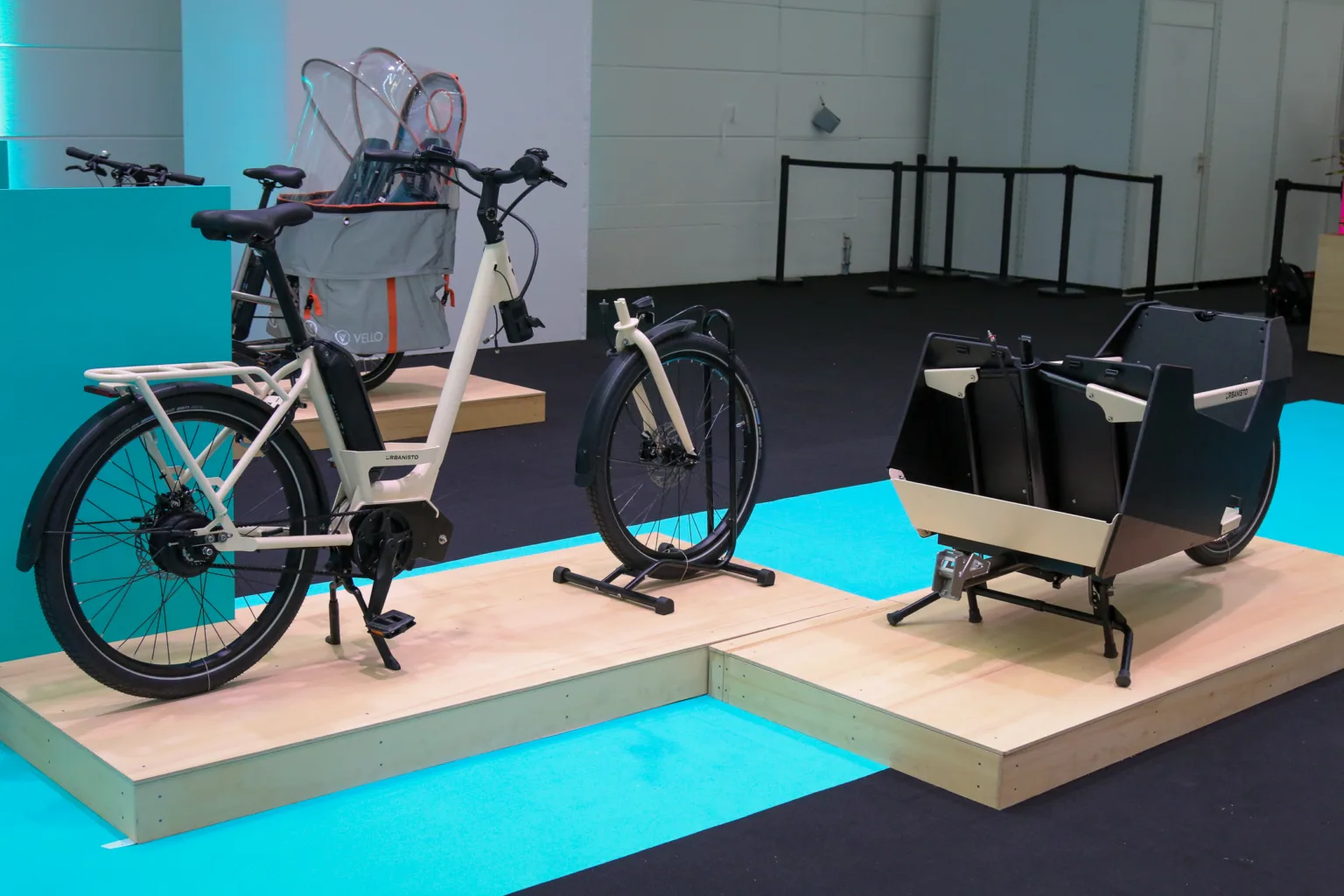

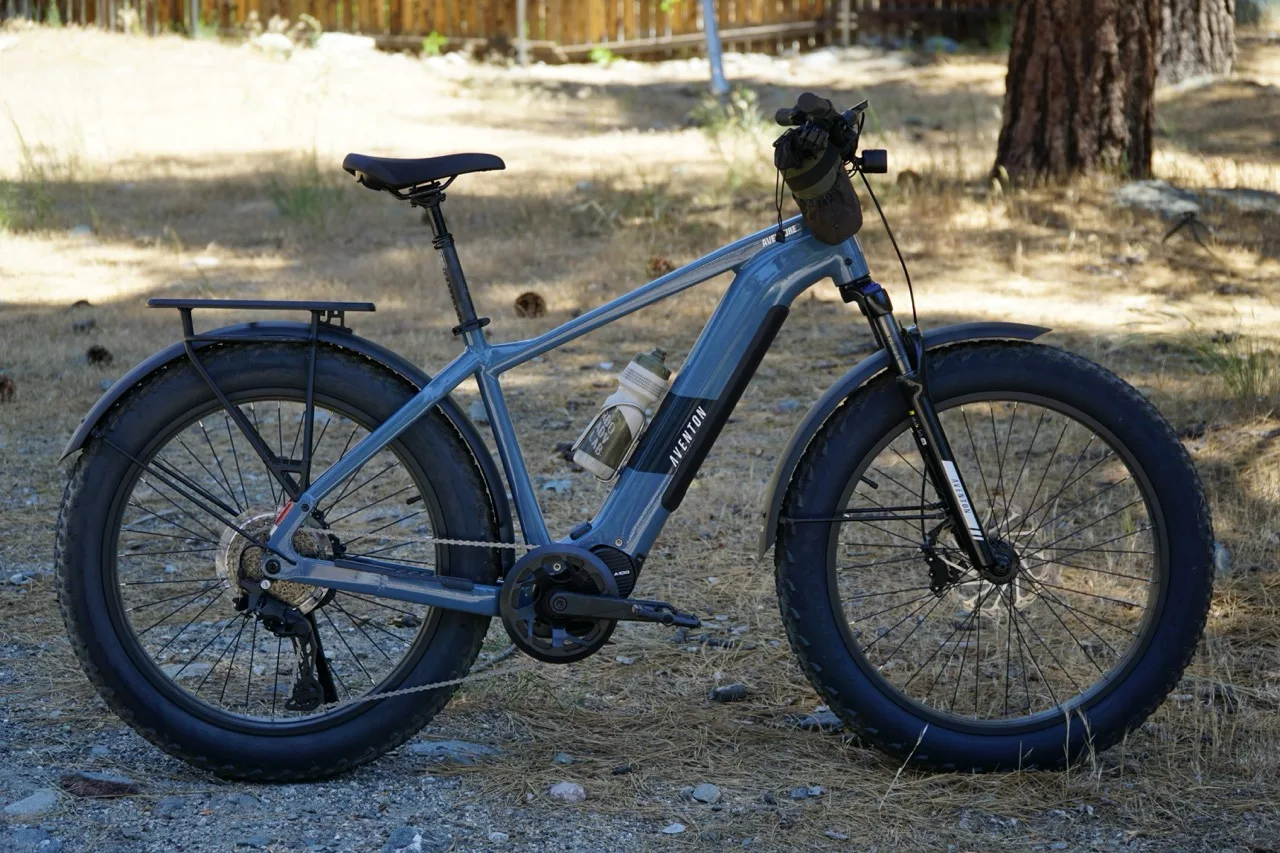
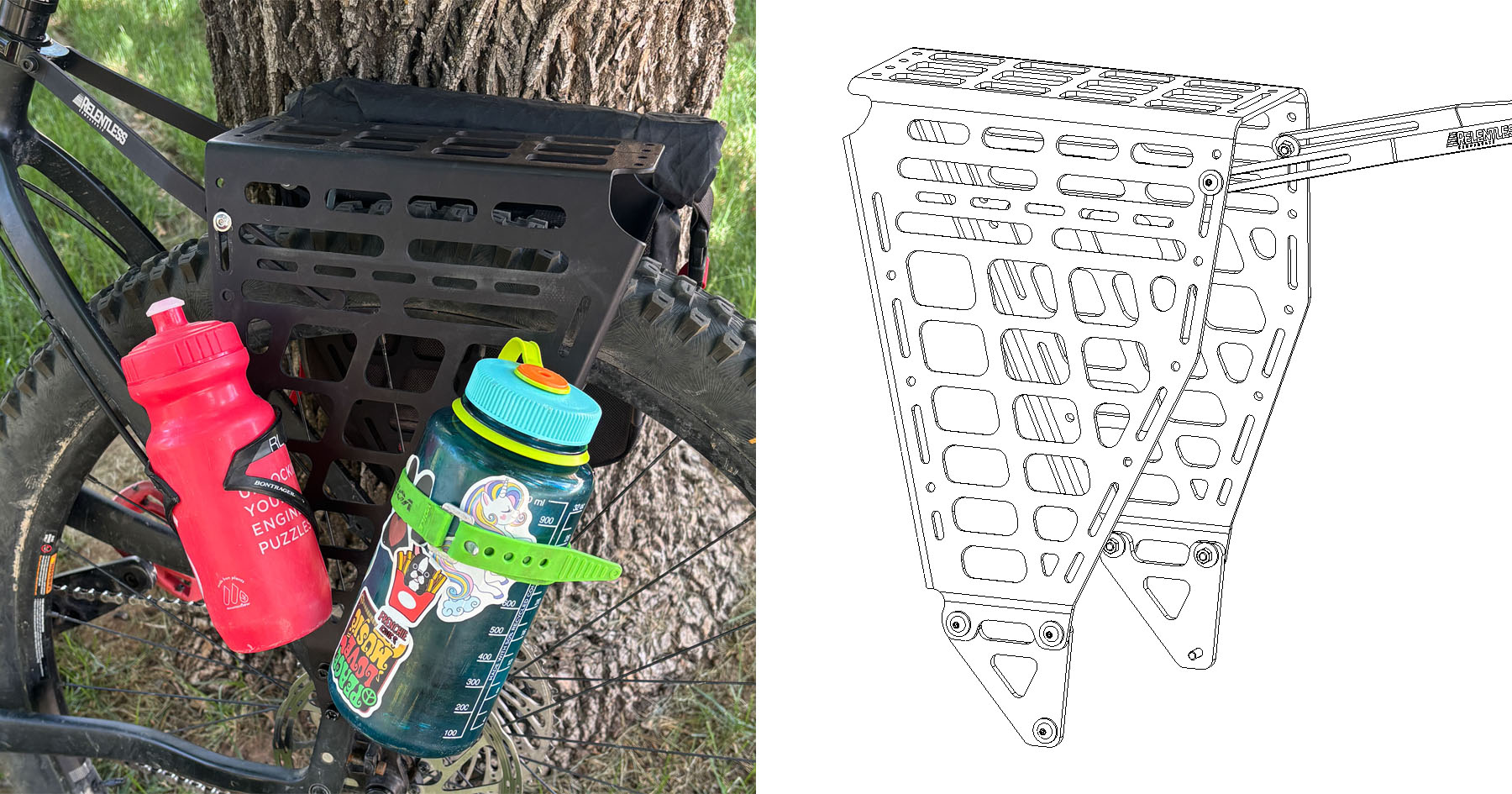
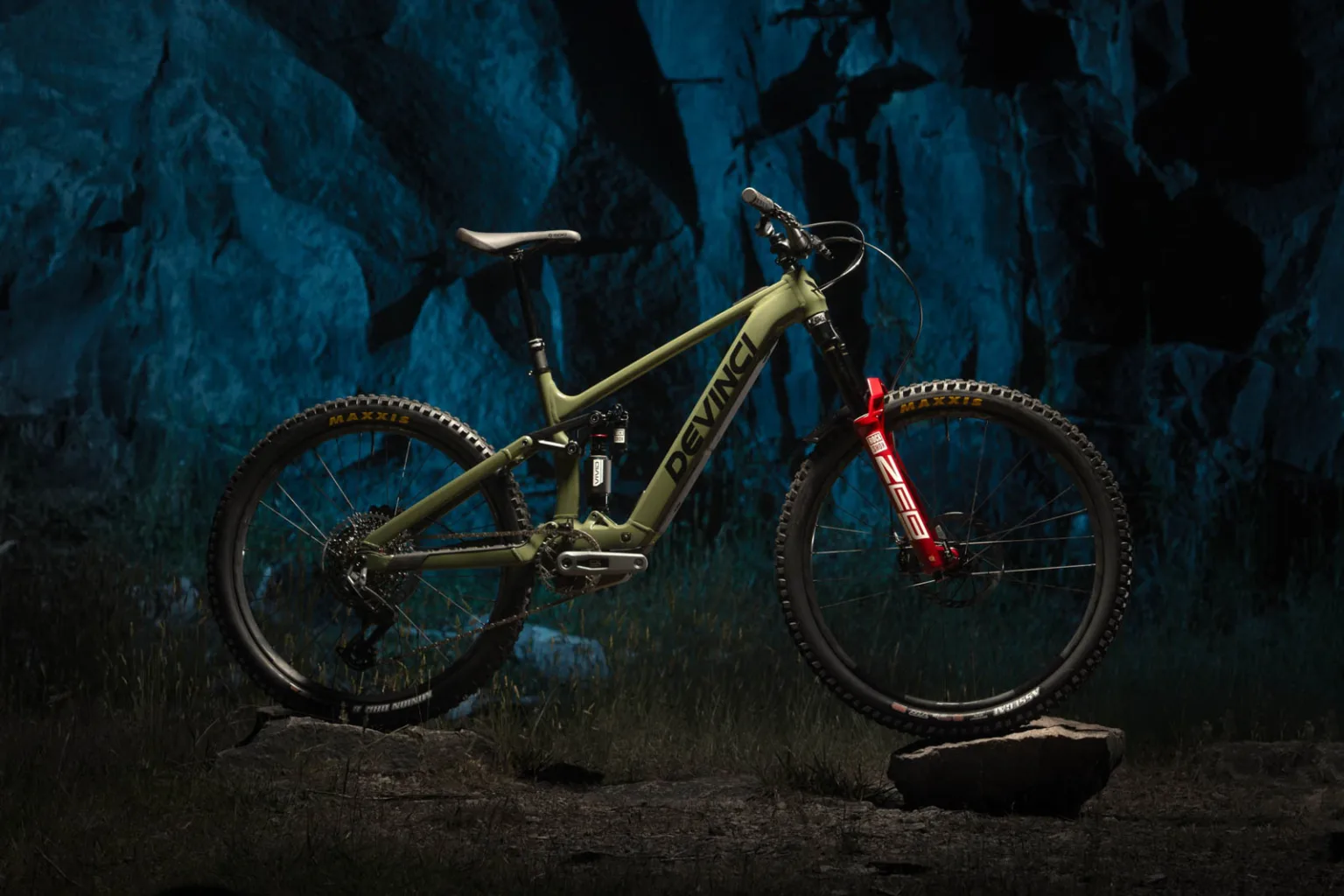

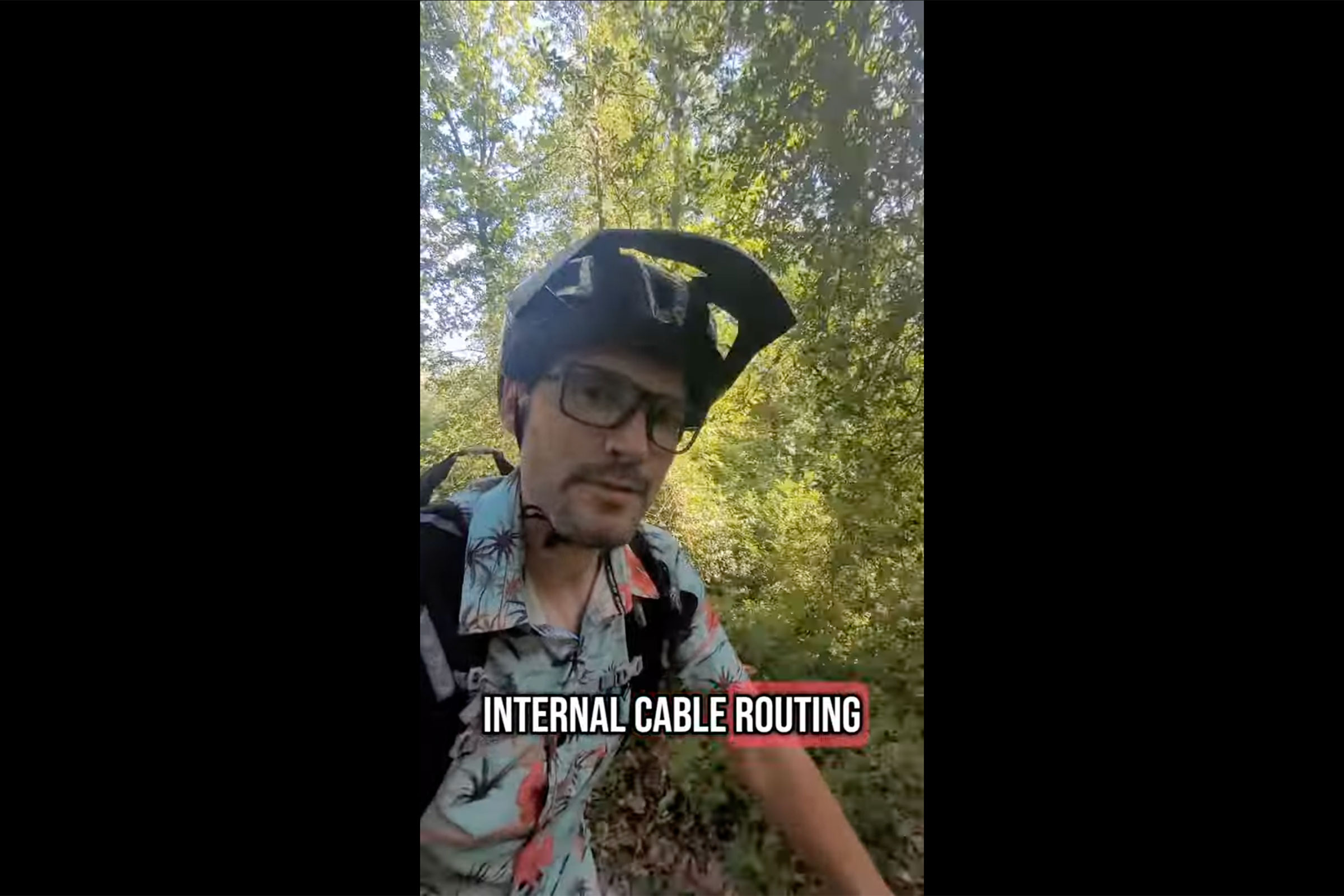


 English (US) ·
English (US) ·  French (CA) ·
French (CA) ·  French (FR) ·
French (FR) ·